Silk fabrics have many variations and have always been distinguished by their beauty and extraordinary softness. Wet silk fabric is one of the varieties of this material. What it is and where it is used is below in the article.
Wet silk fabric: description and properties
Silk material was produced even before our era. The production began in China. According to an ancient legend, the idea of producing fabric from silkworm threads first came to a young girl of noble origin. During a tea ceremony in her own garden, she noticed a silkworm cocoon that had fallen into her cup, from which a thin, strong thread emerged. Since the girl was educated, she came up with the idea that it was possible to establish the production of material from such threads. Silkworm cultivation was put on stream, and then a machine for making the material was invented. The secret of production was guarded as a state secret, and disclosure was punishable by death. Silkworm cocoons and larvae were prohibited from export, as were mulberry seeds.
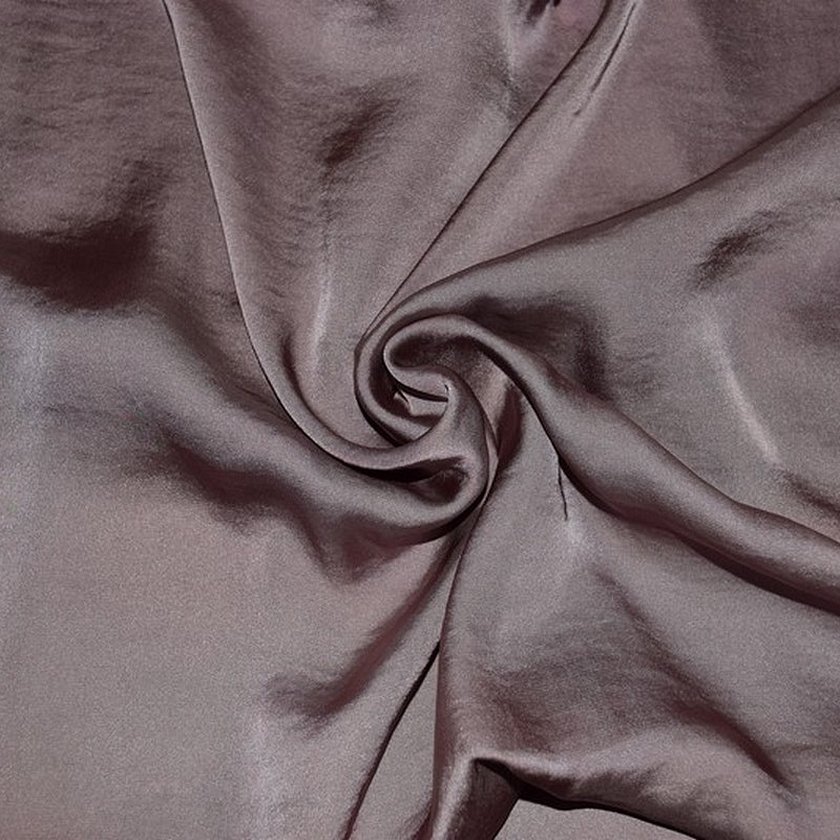
There are two types of silk material: tussah and mulberry.
Mulberry silk is made from the threads of silkworms grown in artificial conditions. Tussah silk (red, copper or brown) is made from the threads of the wild silkworm caterpillar.
In general, silk fabric is divided into types:
- fabrics with pile - velvet, velor;
- satin stitch fabrics;
- crepe - crepe chiffon, crepe georgette;
- semi-crepe - crepe satin, crepe de chine;
- Jacquard is a dense fabric.
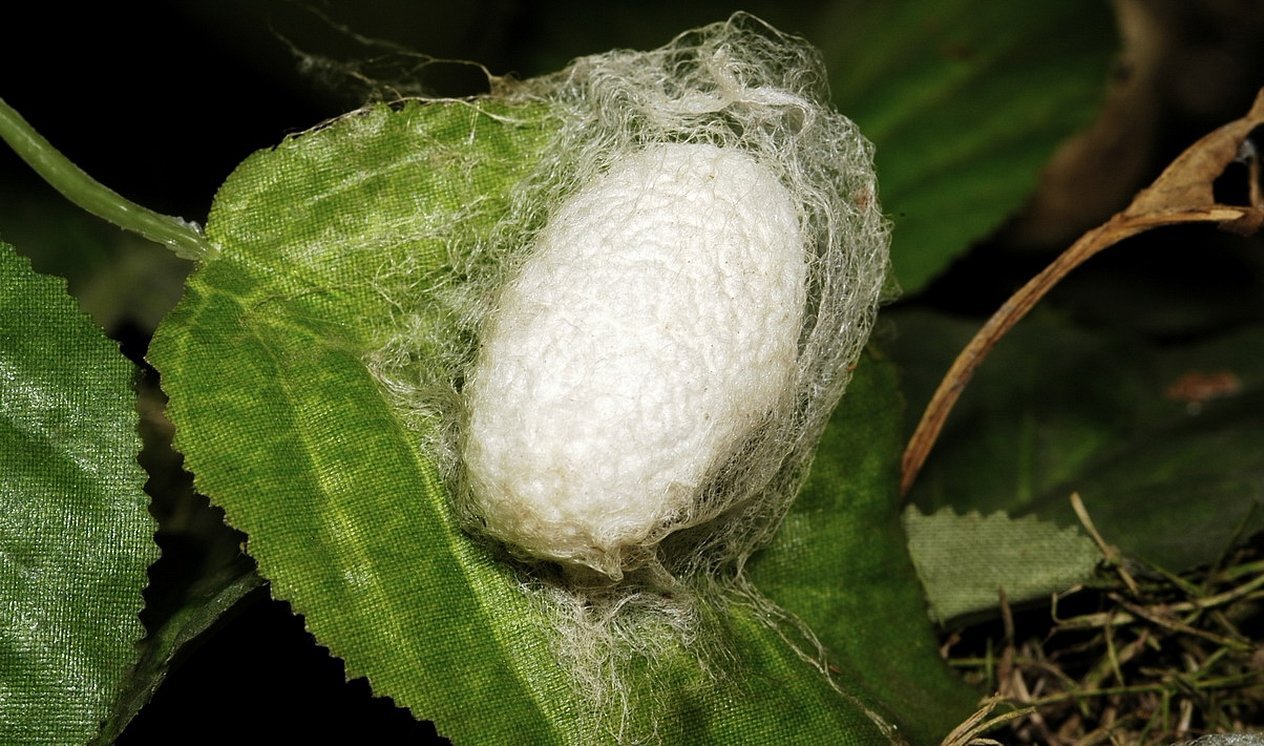
Silk fabrics are classified according to production method as follows:
- bucre silk;
- raw silk;
- viscose;
- parachute;
- boiled;
- wet - second name - satin.
For your information! Wet silk differs from the usual classic silk with an unusually soft velvety surface. It feels like high-quality suede. At the same time, the fabric has a color play effect, it seems that it is wet, which is why the material got its name.
The fabric consists of natural or synthetic fibers that are intertwined using the satin weave method. To give the surface a nap, the fabric is treated in a special solution and subjected to mechanical action. The structure of the threads changes, and the material acquires the necessary velvetiness and shine.
General properties of fabric, inherent to all its varieties:
- softness and plasticity;
- suede surface with silky shimmer;
- pleasant sensations for the skin when wearing the products;
- luxurious appearance.
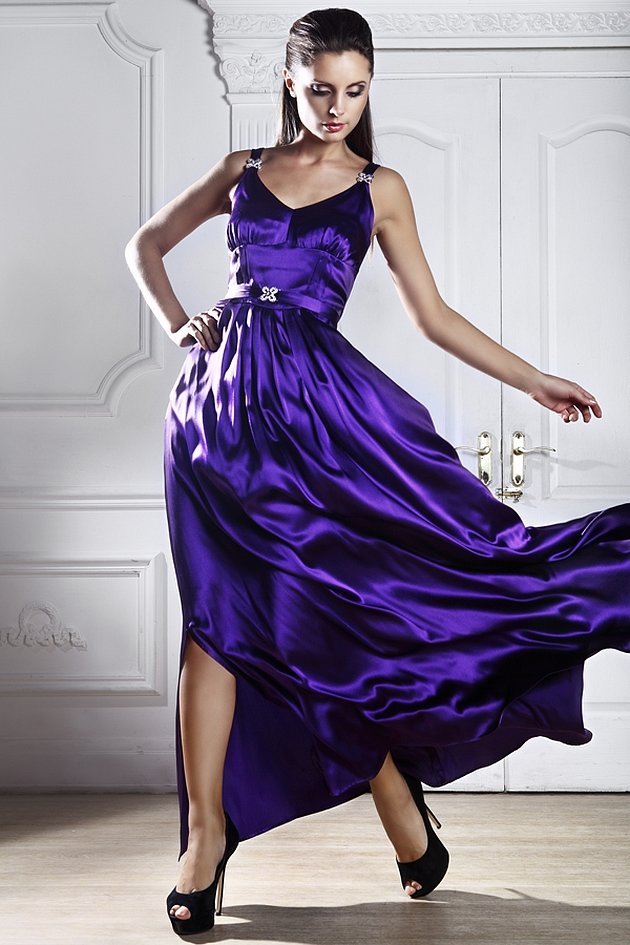
Types and areas of application
Natural material is conventionally divided into two subspecies: Chinese and Japanese. The Chinese is characterized by a lower price, but at the same time the quality characteristics are not up to par. It has a high degree of wrinkling. Japanese has the following properties:
- hygroscopicity;
- good thermoregulation;
- durability with proper care;
- air permeability.
The following well-known types of natural wet silk have all these qualities:
Dupont
A luxurious material with a matte shine. Wedding dresses and exclusive bed linen are very popular made from this fabric.

Charmeuse
The fabric has a shining effect and is used for sewing wedding and evening dresses.
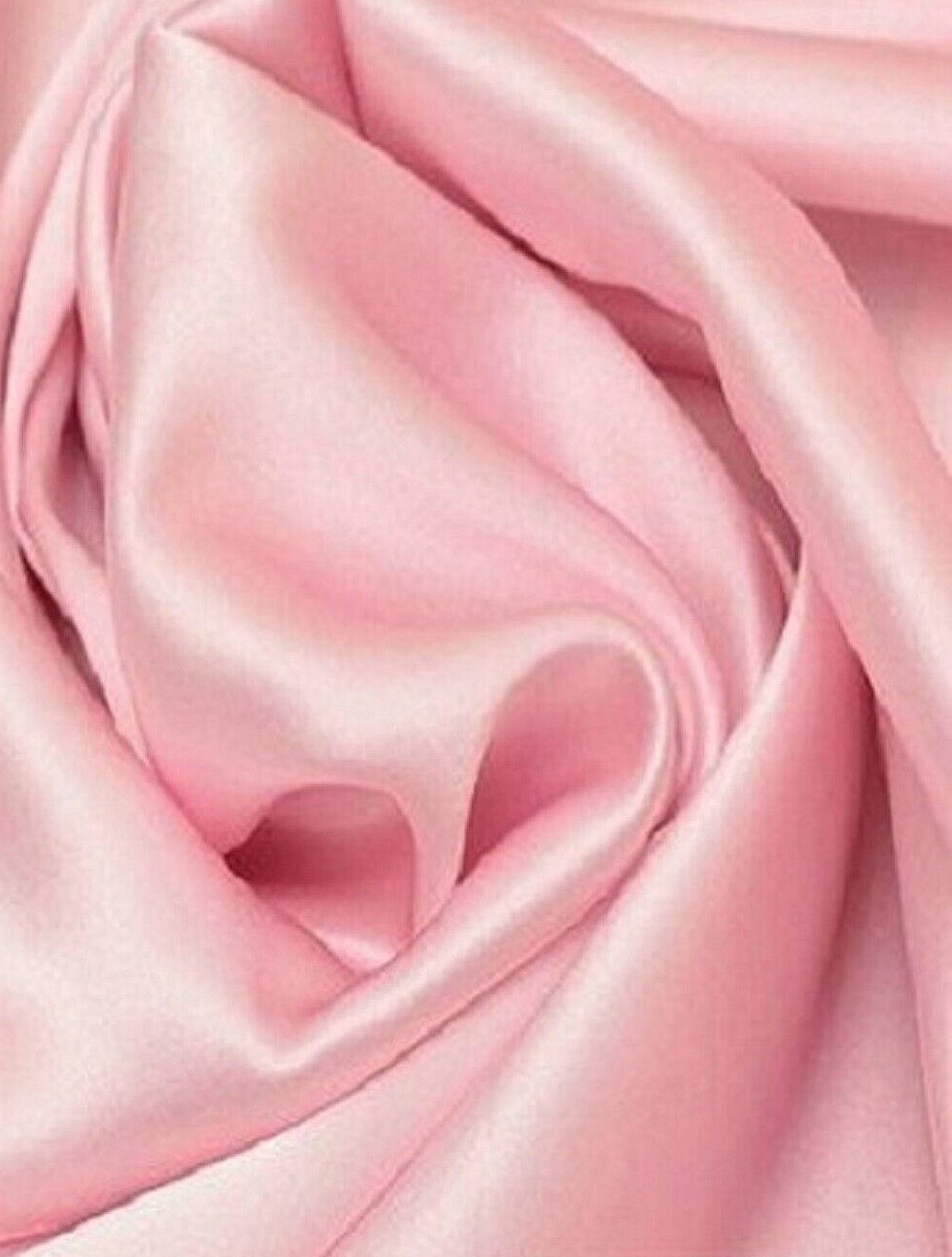
Silk faille
Material for everyday wear, sewing ties, scarves, dresses, suits, home textiles.
Please note! Silk faille is used to sew flags and banners, for which durability and wrinkle resistance are the main properties.
Artificial material is made from polyester fibers and is processed similarly to natural material. It is a more budget material, affordable for the mass consumer. It is also beautiful, has a variety of colors and shades, but due to its “unnaturalness” it has a number of disadvantages:
- non-hygroscopic;
- poor thermoregulation - creates a "thermos effect".
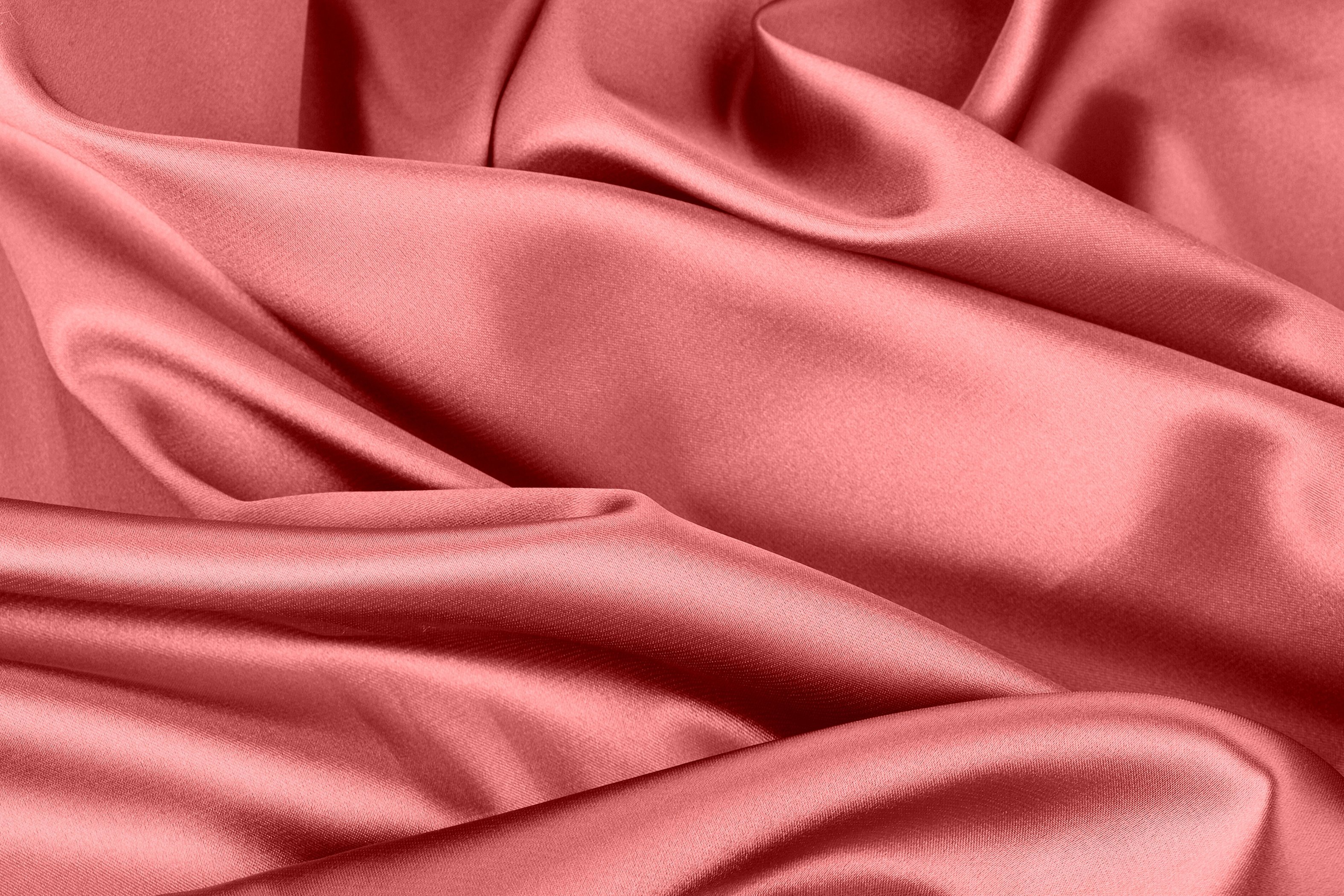
Care of products
The wet silk material, despite its "wet" name, is afraid of water like fire. It is so capricious in care that its only justification is its luxurious appearance.
- Do not wash or wet. Hot, cold, warm water is strictly contraindicated for the material. If it is necessary to clean dirt, dry cleaning only.
- You can't spray it. Stains will appear on the front side and then you won't be able to remove them.
- Do not steam it, as the product will shrink significantly under the influence of steam.
- If folds appear on the product, you can carefully iron it from the inside through a dry cloth, setting the iron to the "Silk" mode.
- As a last resort, you can take the dress or suit to a damp room with warm steam, for example, to a bathroom with the shower on. Keep it there for 2 minutes. The creases will smooth out.
- Products made from artificial fibers can be washed, but only by hand in a soap solution, with the water temperature not exceeding 30 °C.
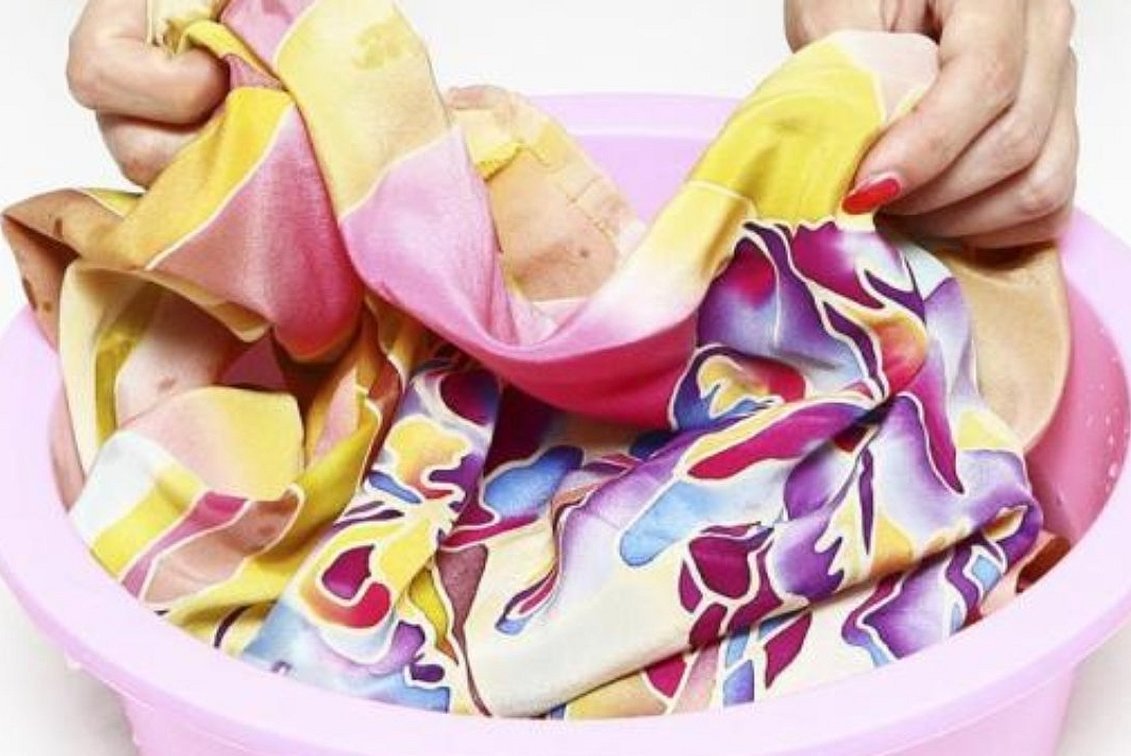
Plastering in the "Wet Silk" technique
Among the variety of finishing materials, decorative plaster stands out, the coating of which resembles silk fabric stretched over the wall.
Material
The material is a complex combination of the following components:
- silk threads, which create the effect of velvet fabric: the larger the fibers, the better the texture of the coating;
- cotton and cellulose;
- acrylic is the binding element of all components;
- polyester - for elasticity;
- coloring pigments;
- antifungal substances.
The main distinctive feature of this composition is that when applied to a wall, it produces a complete imitation of silk.

Coating application technology: how to do it yourself
Before applying the composition, the walls must be leveled, primed and filled with a thin layer of filler. Its color must match the color of the finishing coating.
There are several styles in which the coating is done: Chinese, Florentine, Venetian, Italian, Russian.
To apply, you will need a spatula or roller, and a container for mixing (a bucket will do).
Decorative silk is applied to the walls in the following sequence:
- Base coat - thin, no pattern, let dry.
- A small amount of plaster is applied to the wall and distributed, thus forming a relief; stencils can be used.
- Wait 24 hours for complete drying.
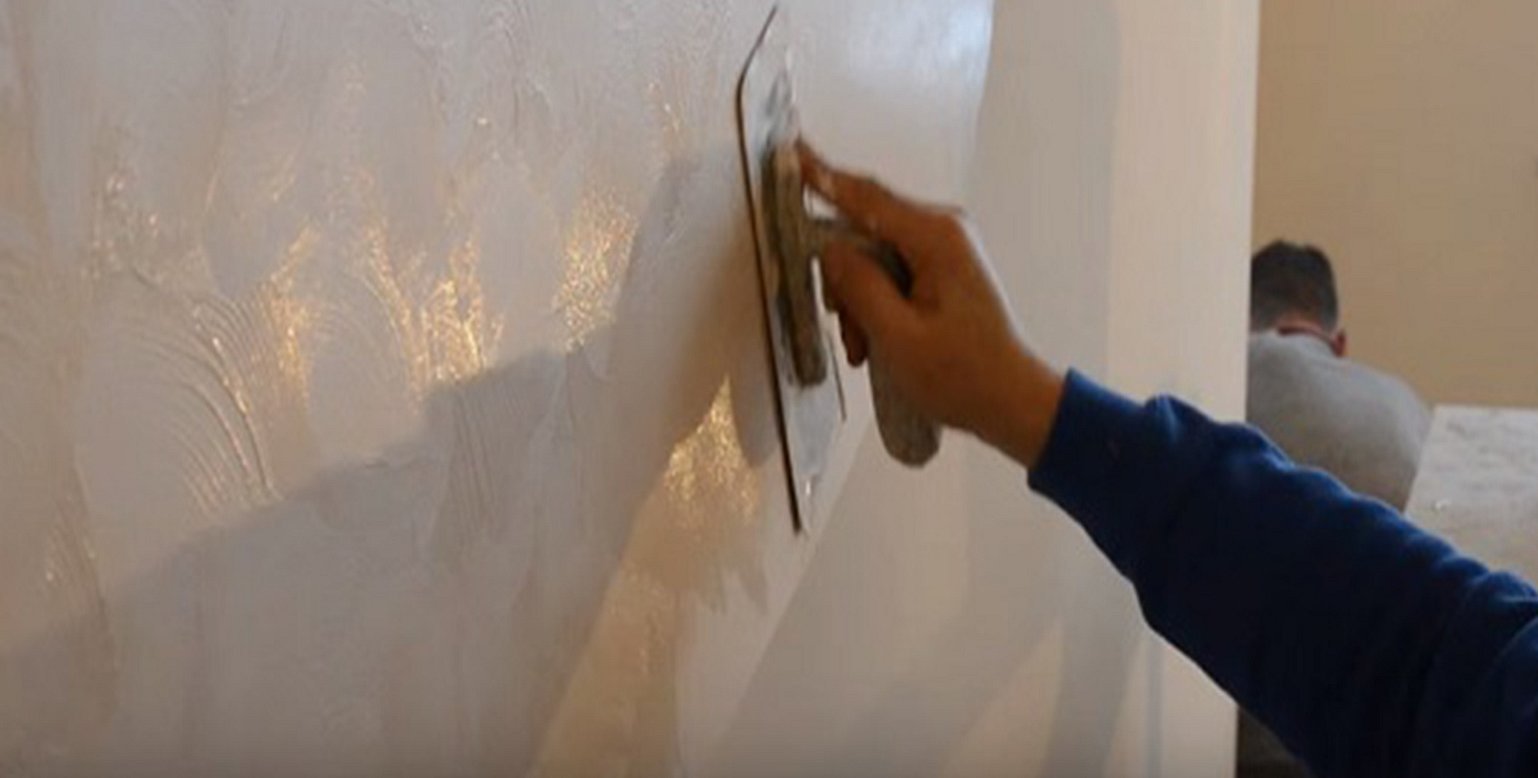
Advantages and disadvantages
The decorative coating "Silk on the walls" has the following advantages:
- seamless coating;
- durable;
- universal - suitable for walls and ceilings;
- environmentally friendly composition;
- maximum choice of paints, colors and shades;
- luxurious appearance of the finished coating.
The disadvantages of decorative silk are as follows:
- absorbs odors well, so it is not recommended for use in kitchens;
- high cost.
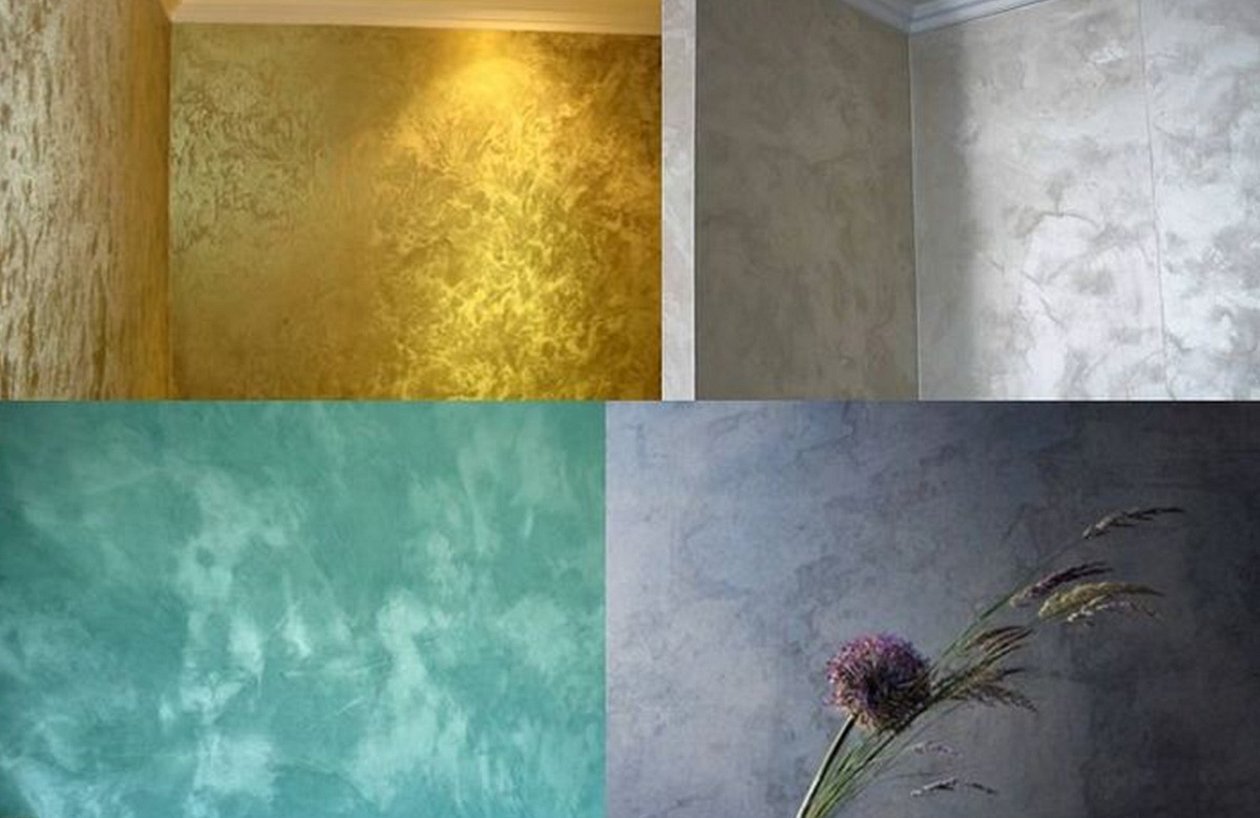
Reviews
Angelina, 19, Samara: “The wedding was scheduled for spring. I decided to have the dress custom-made, I couldn’t find anything ready-made. I chose wet silk and I don’t regret it. Luxurious, shining! And most importantly, it was very comfortable – soft and pleasant to the body. I don’t regret the money spent at all!”
Elena, 52, St. Petersburg: "For my anniversary, my colleagues gave me a set of curtains made of beige wet silk. They look very luxurious in the bedroom. In sunny weather, the fabric simply glows. I am very pleased."
Natalia, 34, Orel: "I work as a costume designer at the theater. Recently there was a premiere of a play based on a historical novel. I insisted that the women's dresses be made of wet silk. In the spotlight, the fabric looked so luxurious! The play was a stunning success, including thanks to the actors' clothes, it creates a special atmosphere. Wet silk is ideal for dresses from historical eras."
Having a wet silk item in your wardrobe speaks of the owner's good taste, as well as significant financial wealth. After all, this fabric is not cheap. But true connoisseurs know that it is better to buy one quality item than to waste money on trifles. Silk will never go out of fashion.




